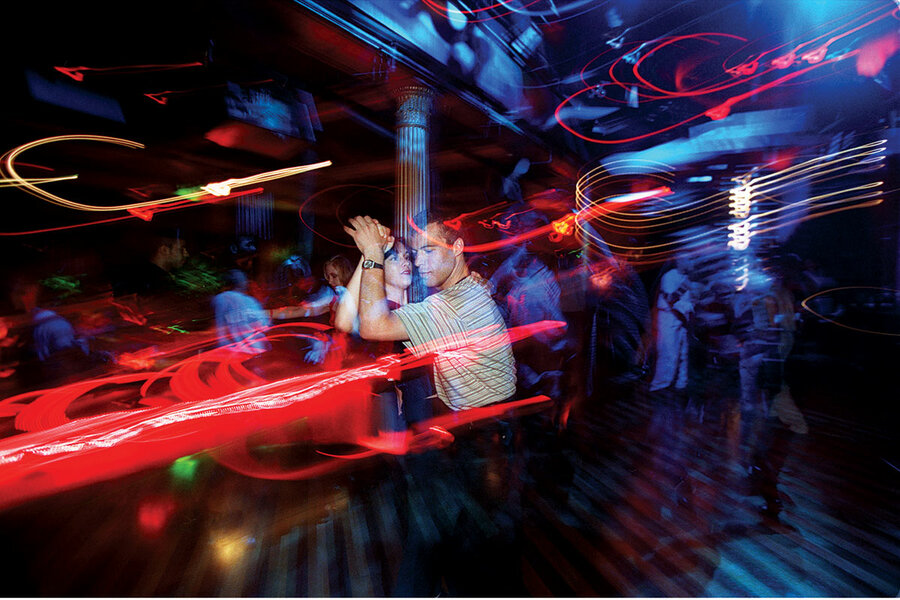Everybody salsa!
Loading...
We had been working and traveling in South America for a year when my wife, Peggy, and I found ourselves standing outside a McDonald’s restaurant in Rio de Janeiro. We wouldn’t normally stop and stare at a McDonald’s, but we hadn’t seen one since we’d left the United States.
We paused. And then, even though the restaurant was full, we went in, deciding to see what a Brazilian McDonald’s was like. We joined the line waiting to order and immediately noticed the background music. Accustomed to the elevator music in most U.S. restaurants, we enjoyed the bouncy tunes floating over the crowd.
The line moved forward, and we reached the counter. We were just about to order when the young woman working the register stopped and looked at the woman working next to her.
Then everything in the restaurant changed.
It was March of 1983, near the end of the austral summer. Schools were preparing to reopen for the new fall term. We had spent the previous year teaching at the American School in Lima, Peru. We left when the school year ended in December to spend the summer traveling by bus and train in a long loop through South America. More than a dozen weeks later, we found ourselves in Rio, the final stop on our tour.
We had passed our days in Rio walking endlessly. We’d walked to Corcovado Mountain and taken the train up to the 98-foot-tall statue of Christ the Redeemer at its peak, its arms spread wide over the city. We had walked into the cavernous Maracanã Stadium, one of the largest soccer venues in the world, where we’d watched Rio play São Paulo and listened to the drumming and singing that lasted the entire game.
We’d walked on Ipanema Beach and visited the nearby Hippie Fair, where we listened to bongo drums and other percussion instruments keep the rhythms of the park going all day long. Music filled the beaches, the parks, the city.
We hadn’t had a milkshake in more than a year. The thought of one had our mouths watering. The woman at the register now raised her arms above her head and started dancing to the background music, which had suddenly become much louder.
I tuned in to the lyrics:
Now what’s that crazy rhythm coming
from the street
The sound of people moving to that
Latin beat
The clerks at the counter, the cooks, and the customers standing in line or seated at tables were on their feet, dancing. Decades later it might have qualified as a flash mob, but on this day it was a spontaneous outpouring, a moment of joy shared by everyone in the restaurant.
Can you move, can you move,
Can you shake to the rhythm of the
Latin groove?
The song was by Modern Romance, the British group that scored several hits from 1980 to 1985. “Everybody Salsa” was meant to bring people to their feet, and it had. The crowd sang along with the refrain “Everybody salsa!” and the music poured out of the restaurant and into the street.
When it ended, customers sat down and workers returned to their stations. We ordered our food, found a table, and enjoyed our meal, laughing about what we’d witnessed.
Music can powerfully evoke memories. When I played Modern Romance’s 1981 hit recently, I was transported back to that scene in Brazil and the song’s call to “dance, sing, shake, swing.” I could feel the energy of the restaurant, and, when the song ended, I could even taste that delicious chocolate shake.







